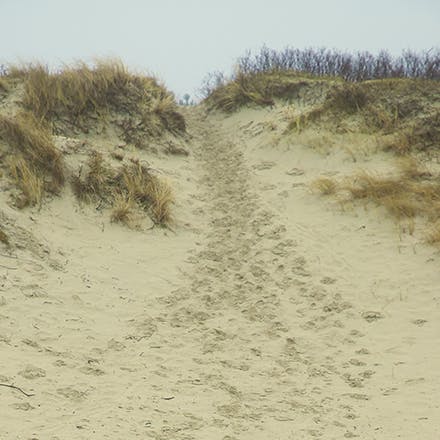What is the TO WALK project?
September 19, 2025
The ‘Walk’ is the most sustainable and produces the lowest carbon footprint of all mobility technologies.
The core aim of the TO WALK project is to transform the walk experience from a mundane to memorable and irresistible method of travel.
We, recognise that....
For many, walking is a chore, to be avoided. Some find the act of walking physically [and mentally] difficult.
And....
Continuous use of mobile digital devices whilst on foot, combined with GPS navigation reliance, has resulted in the walker being disconnected with the landscape their walk transverses.
So...
The TO WALK project is designed to transform the act of walking from a mundane, tedious and, for some, a physically demanding exercise to an irresistible and engaging experience that reconnects the walker to familiar and new landscapes.
All landscapes contain a wealth of untold stories about its geography, buildings and people that have inhabited them.
“We need to re-connect to our landscapes to enhance our sense of self, our sense of community and our sense of place”
Here are our TO WALK project values and their socio-economic contexts:
- Our relationship with the landscapes we live in is a fundamental human need. The more we, you, me and us are engaged with, and knowledgeable about, our physical environments, the richer our life is!
- Humans often share their landscape observations as a means of engaging a stranger in conversation. One of the TO WALK projects’ outcomes is that its products will encourage and engage walkers in a shared walking experience.
- Knowledge around landscapes past, present, and possible future of its built environment and human habitation contributes to our ability to protect, care and sustain our landscapes. Our products empower walkers, through their gained knowledge of local and national landscapes, to take more responsibility over the landscape's well-being
- We aim is to engage all ages from diverse social and ethnic backgrounds and, in particular, those who don’t walk regularly.
- The ‘act’ of walking is the technology that, simultaneously, enhances physical and mental wellbeing.
- Our products will enable walking to be a major contributor to sustainable mobility strategies, particularly for urban planning.
